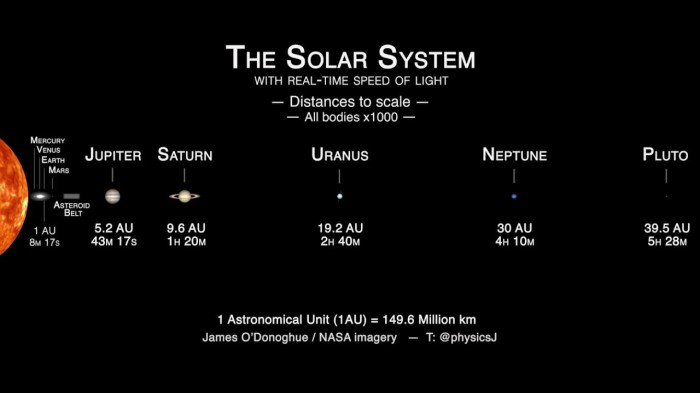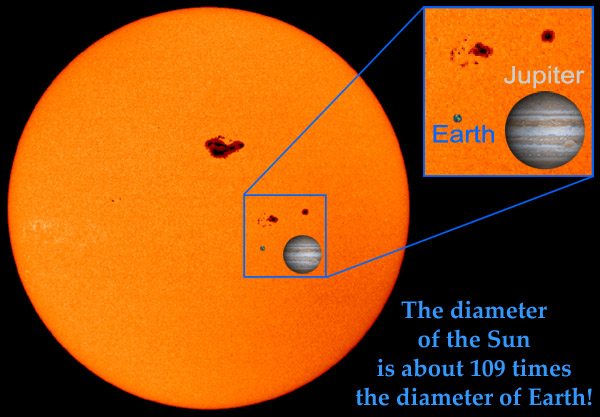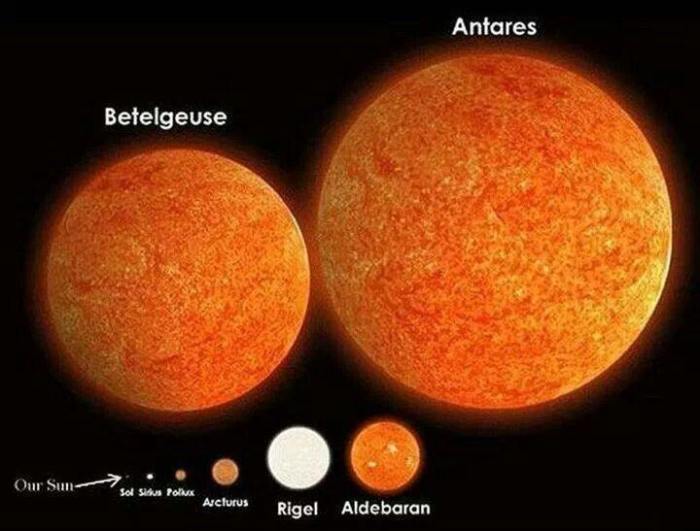Hello everyone! I am still in Sun mode from work and recently stumbled across some questions about the Sun that people wanted answered. Some of these questions were amazing and I really wanted to answer them. I won’t be able to answer them all in one post. So joy of joys! Multiple things to read! So, here are some questions about the sun that I really enjoyed and wanted to answer!!

How far away is the Sun?
There were a couple of similar questions to this, including “how far up is the Sun?”. This can be a really easy question to answer, as we can really accurately measure it. But it can also be really difficult, as the Earth doesn’t go around the Sun in a perfect circle, so the distance changes. The average distance between the Earth and the Sun in 149.6 km away. The furthest away the Earth gets from the Sun is 152.6 km away, and the minimum distance is 147.5 km.
In astrophysics, we change the average distance from kilometers to something called “astronomical units”. 1 AU is 149.6 km. This makes it easier to compare distances. Instead of having really big numbers describing distances, we can use smaller numbers and compare the distances to Earth. For example, Jupiter is an average 778.5 km away from the Sun, which is a very big number. But if we change this into astronomical units, the number becomes 5.2AU, a much smaller number. This also tells us that Jupiter is just over 5 times further away from the Sun than the Earth is.

How big is the Sun in cm?
This is a very good question. The Sun is big. Very big. In centimeters, the Sun’s diameter is 139.1 billion cm. That is a lot of cm!! And that is just across the middle of the Sun. If we were to use this number to see how big the Sun is, how much space it takes up, we would get 1.409×10^33 cm^3. This is a very big number and a very strange way to write numbers. The part at the end, x10^33 means you need to move the decimal point 21 times to the right. That means the number becomes 1,409,000,000,000,000,000,000,000,000,000,000. Wow. That is a huge number, especially in cm!! Another way of looking at this would be to think how many Earths would fit inside the Sun. The answer is 1.3 million Earths. That means 1.3 million of the planet we live on would fit inside the Sun. It would take 1,000 Jupiters, the biggest planet in our solar system, to fill up the Sun. Tremendous!

Another question that I shall tag on with this one is “how many teachers will fit into the Sun?”. To answer this, we are going to assume that teachers are normal humans and therefore have the average volume of a human 0.063 m^3. If we do a lot of maths, we get 22 billion billion billion teachers that can fit in the sun. That is a lot of teachers! Who wants that many teachers giving you homework? Good news is though, that there are only 7.7 million people on the Earth right now, so even if we put every person in the Sun, we wouldn’t fill it very much.
Is there a bigger Sun?
This seems like a good question to answer after the previous one. We have just discovered that our Sun is very big compared to the Earth. However, the Sun is actually very small in terms of other stars. There are lots of stars, even in our galaxy, that are much, much bigger than our own. Below is a picture that shows some of the bigger stars and how small our Sun actually is.

In this picture, our Sun is very very small. Lots of stars are much bigger than it. And all these stars are some that we can see from Earth. In fact, lots of people can easily spot Betelguese in winter because it makes up part of the constellation Orion. Many people can spot the 3 stars that make up the belt of Orion and just above these is the star of Betelgeuse. This star is so much bigger than the Sun, it’s diameter is about 700 times that of the Sun, meaning it’s volume is way bigger. That is a very big star. And this is a star is one that we are constantly watching because it could be very close to going supernova (exploding). If it did, it is an explosion that we would be able to see from Earth, and it could be so bright that we might be able to see it during the day time!

So there we go, 3 questions answered! More on the way, including questions like “who named all the planets?” and “would the Sun one day explode?”. Lots of good questions to look forward to and some that can get really complicated with lots of hard maths (like hydrostatic equilibrium!). Please do join me again, and if anyone has any more questions about the Sun, please do drop me a comment and I shall do my best to answer them!
Thanks all and have a good day!!

This is fantastic! I love that you answered the ‘How many teachers would fit into the Sun?’ question!
LikeLike